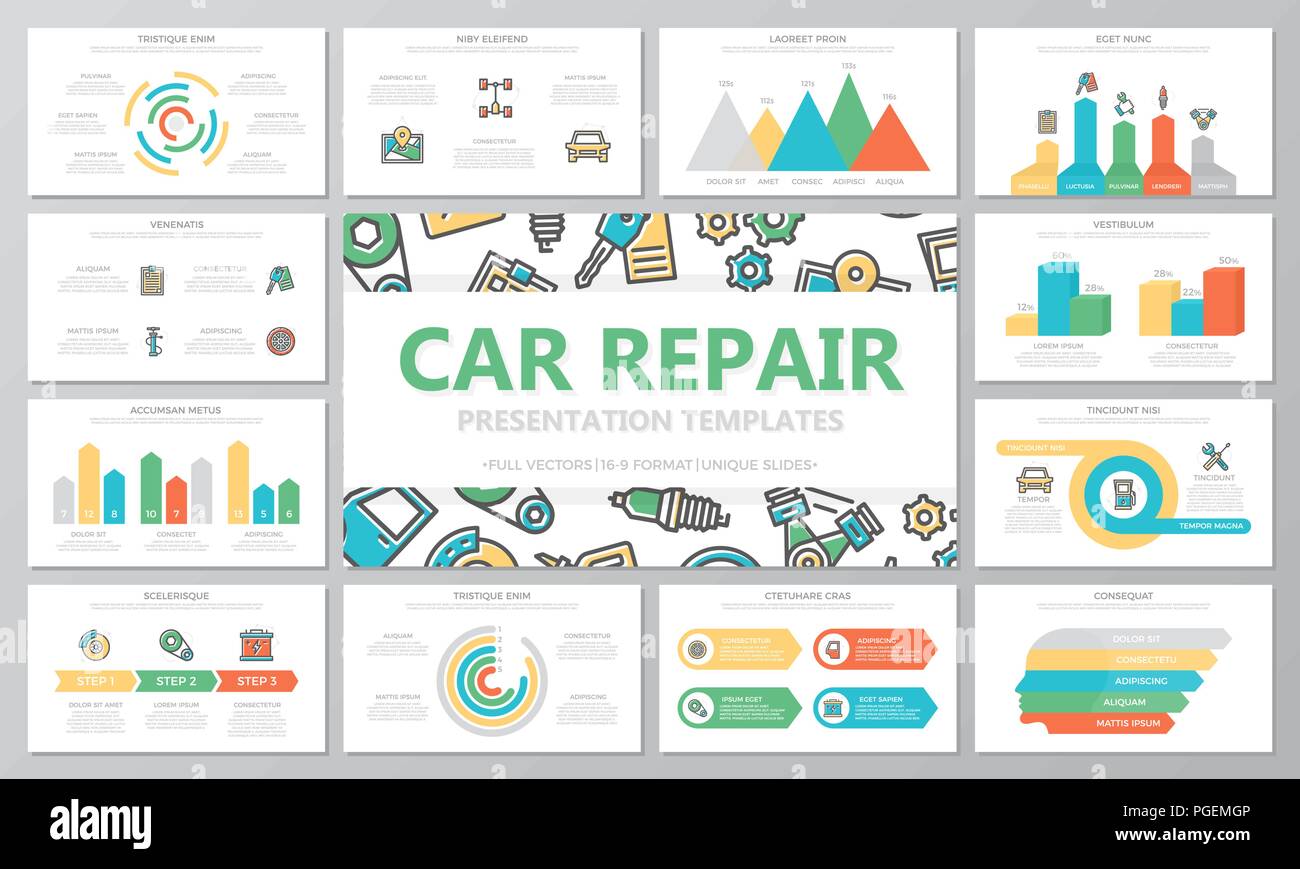Discover The Value Of The Control Panel Caution Lights In Your Car To Make Certain The Health And Safety Of Your Lorry
Discover The Value Of The Control Panel Caution Lights In Your Car To Make Certain The Health And Safety Of Your Lorry
Blog Article
Write-Up By-Cheng Gross
When you lag the wheel, those radiant caution lights on your control panel can be a bit perplexing. Do you recognize what they're attempting to tell you about your auto's health and wellness? Comprehending the relevance of these lights is crucial for your safety and the durability of your vehicle. So, the next time one of those lights pops up, would not you intend to decipher its message properly and take the needed actions to address it?
Common Caution Lights and Interpretations
Determine common warning lights in your automobile and comprehend their definitions to make sure secure driving.
One of the most regular caution lights include the check engine light, which signals concerns with the engine or emissions system. If https://best-oil-change-near-me73950.blog-gold.com/37231995/the-clear-cut-list-for-preserving-a-pristine-cars-and-truck-inside begins, it's vital to have your vehicle examined promptly.
The oil stress alerting light indicates reduced oil stress, needing prompt interest to stop engine damages.
A blinking battery light may recommend a malfunctioning charging system, potentially leaving you stranded otherwise attended to.
The tire stress monitoring system (TPMS) light informs you to reduced tire stress, impacting automobile stability and gas effectiveness. Neglecting https://brakes95172.bloggip.com/30263794/are-you-excited-to-uncover-the-fact-behind-common-car-repair-service-myths-find-out-about-the-techniques-that-could-be-squandering-your-time-and-funds-in-this-informative-interview could result in risky driving conditions.
chucks auto repair suggests an issue with the anti-lock braking system, endangering your ability to quit swiftly in emergency situations.
Last but not least, the coolant temperature level alerting light warns of engine overheating, which can result in extreme damages otherwise fixed promptly.
Understanding these typical caution lights will certainly aid you deal with concerns promptly and preserve safe driving conditions.
Significance of Prompt Focus
Understanding the typical caution lights in your car is only the primary step; the importance of promptly addressing these cautions can not be highlighted sufficient to guarantee your safety on the road.
When a caution light brightens on your dashboard, it's your automobile's method of interacting a possible concern that requires interest. Ignoring these warnings can lead to much more serious issues down the road, endangering your safety and security and possibly costing you extra out of commission.
Prompt attention to alerting lights can prevent breakdowns and accidents. For instance, a flashing check engine light could suggest a misfire that, if left ignored, might cause damage to the catalytic converter. Resolving this immediately can save you from a costly repair work.
Similarly, a brake system advising light could signify reduced brake fluid or used brake pads, critical components for your security when driving.
Do It Yourself Troubleshooting Tips
If you notice a warning light on your control panel, there are a few do it yourself troubleshooting suggestions you can try before looking for expert help.
The very first step is to consult your vehicle's manual to understand what the details caution light shows. Sometimes the issue can be as simple as a loose gas cap triggering the check engine light. Tightening the gas cap might solve the problem.
An additional common concern is a low battery, which can set off numerous alerting lights. Examining the battery connections for rust and guaranteeing they're safe and secure might take care of the trouble.
If a caution light continues, you can try resetting it by disconnecting the car's battery for a couple of mins and afterwards reconnecting it. Additionally, examining your vehicle's liquid levels, such as oil, coolant, and brake fluid, can assist repair alerting lights associated with these systems.
Conclusion
Finally, understanding your automobile's caution lights is vital for maintaining your automobile running efficiently and securely. By quickly addressing these alerts and knowing what they indicate, you can avoid pricey repair work and potential breakdowns.
Remember to consult your car's guidebook for specific information on each alerting light and take action appropriately to make certain a trouble-free driving experience.
Remain educated, stay safe when traveling!
